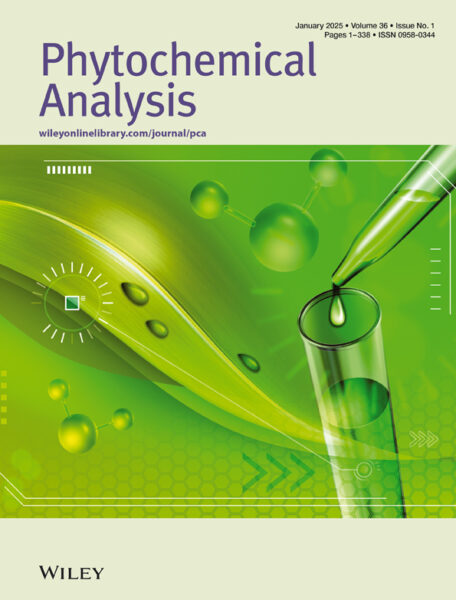Abstract
The present study investigates the phytocannabinoid profiles of Cannabis sativa L. by analyzing individual glandular trichomes from both a medicinal cannabis variety (FM2) and a high-CBD (cannabidiol) hemp variety. The analysis was performed using an untargeted metabolomics approach (phytocannabinomics) that enabled the identification of nearly 70 phytocannabinoids in single trichomes, a significant improvement over previous studies, which typically analyzed pooled or enriched trichome fractions. For comparison, the phytocannabinoid profiles of whole inflorescences were also examined. Results showed that the profiles of single trichomes and whole inflorescences were similar in terms of the number and distribution of cannabinoids, with CBD-type compounds being the most abundant. The study revealed a diverse array of carboxylated and decarboxylated cannabinoids, including several homologs of CBD, tetrahydrocannabinol (THC), and cannabigerol (CBG). Although the absolute quantities of cannabinoids varied, the CBD to THC ratio was found to remain consistent across both single trichomes and whole inflorescences, suggesting that the genetic chemotype largely dictates the cannabinoid composition. Statistical analysis indicated minor significant differences between single trichomes and inflorescences, likely due to developmental stage or other biological factors influencing cannabinoid accumulation. This work represents the first successful analysis of phytocannabinoids at the single-trichome level and provides new insights into the chemical diversity of Cannabis sativa L. at a microscopic scale. Additionally, the three characteristic cannabis flavonoids, cannflavin A, B, and C, with important biological activities, including anti-inflammatory, anti-viral, anti-cancer, and anti-parasitic effects, were surprisingly found in the isolated trichomes. These findings offer new insights into the metabolic diversity of cannabis trichomes and the distribution of biologically active metabolites.




